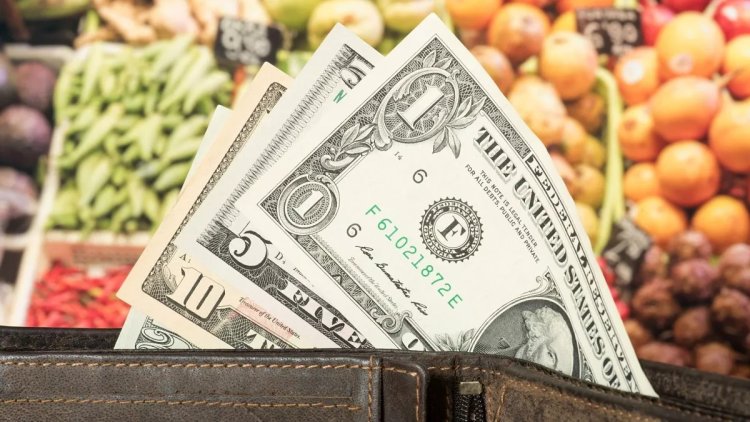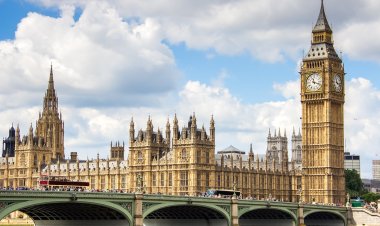U.S. Consumer Spending Rises in July

Data from the U.S. Commerce Department showed the economy remained on firm ground last month.
Consumer spending increased solidly in July, carrying over momentum from the second quarter.
Consumer spending is a key metric because it accounts for more than two-thirds of U.S. economic activity.
American consumers spent across both goods and services, with motor vehicle purchases leading the charge.
Housing and utilities, restaurants and bars, and healthcare and financial services all saw increases.
That's according to the personal consumption expenditures price index, or PCE report, which is the Federal Reserve's preferred measure of inflation.
The report also put the annual inflation rate, for the 12 months through July, at 2.5%, in line with expectations.
Most economists believe the Fed will cut interest rates by a quarter percentage point at its next policy meeting in September, despite inflation still hovering just above the central bank's 2% target.
The personal consumption expenditures price index — the Federal Reserve’s preferred way to measure inflation — rose 0.2 percent last month and 2.5 percent over the past year. Both the monthly and annual inflation rates came in close to economists’ expectations.
Household incomes also rose 0.3 percent, and consumer spending rose 0.5 percent without adjusting for inflation. Inflation-adjusted consumer spending still rose 0.4 percent.
The new inflation figures come less than a month before the Fed is expected to cut interest rates at a highly anticipated September policy meeting.
The Fed’s baseline interest range has been set at 5.25 percent to 5.5 percent since July 2023.
The Fed is expected to cut interest rates by at least 0.25 percentage points at the conclusion of its two-day policy meeting Sept. 18. An unexpectedly weak jobs report or a surprising dip in the consumer price index data for August, both of which arrive before the Fed meeting, could lead to a steeper cut.















